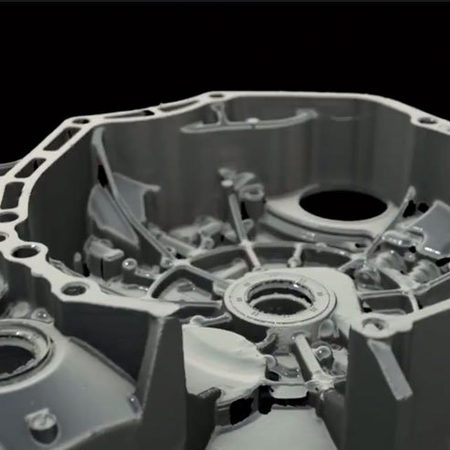When researchers at the Gaya National Research Institute of Cultural Heritage (GNRICH) wanted to know all they could about an ancient tomb discovered in Changnyeong, South Korea, they turned to 3D scanning and 3D Systems software to get the job done.
Recapturing the Past
In order to analyze all the data they could find in the tomb without having to be physically present or risk damaging the remains inside, the researchers needed to find a way to digitize the entire tomb, including four ancient human skeletons, to a high degree of accuracy and detail in full 3D.
To make matters even more challenging, they would need to have everything together in one master file for analysis, so they needed to work with a huge amount of data simultaneously. Finally, they planned to construct physical models of the human remains found in the tomb, so they needed a solution that was flexible enough for them to split up the data and optimize it for reproduction in resin.
Leveraging the Power of 3D
The GNRICH research team first scanned the overall shape of the tomb using a long-range outdoor scanner (the RIEGL LMS-Z390i). Then, to get close up and capture the high detail they needed on some of the human remains, they scanned a number of the bones with a Konica Minolta VIVID 910. These 3D scanners recorded all the spatial information and detailed 3D data that they needed, but this process combined for a total of 3.7 Gigabytes of data, a huge amount by any standard!
The team found that Geomagic Control X was the only software able to handle massive amounts of scan data with relative ease on their existing computers. Control X also provided them with sophisticated but simple tools to align, merge, and significantly reduce the size of the data without sacrificing scan quality or resolution. The researchers were even able to bring it all together into a common 3D coordinate system to create an exact and complete 3D virtual model of the bones in the tomb.
Rapid learning
The GNRICH researchers were able to make many scientific conclusions from the 3D scan data they processed through Geomagic Control X. After processing they used Control X to analyze the resulting data, measuring features like the volume, length, and anatomical structures of the four corpses in the tomb. Through these analyses and other techniques such as carbon dating and mitochondrial DNA (mtDNA) sequencing, the researchers were able to estimate all kinds of data such as the height, weight, age, heredity, and dietary habits of each of the buried men and women. They were even able to perform forensic analyses on the ancient bodies, concluding that the tomb’s occupants may have been killed by poison or suffocation. Remarkably, they also found evidence of Soon-jang, an ancient burial custom in which servants were buried alive with their dead masters.
Further study
Finally, the GNRICH research team used Geomagic Control X and Geomagic Design X software to prepare their 3D scan data for production as physical 3D models. These models were made from 108 different resins to closely match the physical properties of bone and to aid in further study. In 2009, the team plans to continue their investigation into causes of death, diseases, athletic abilities, and more. They also plan to make whole body models using an innovative technology to add artificial muscle and skin to their resin bone models. The team is very excited about the power that 3D scanning and technology from 3D Systems have contributed to their efforts.
